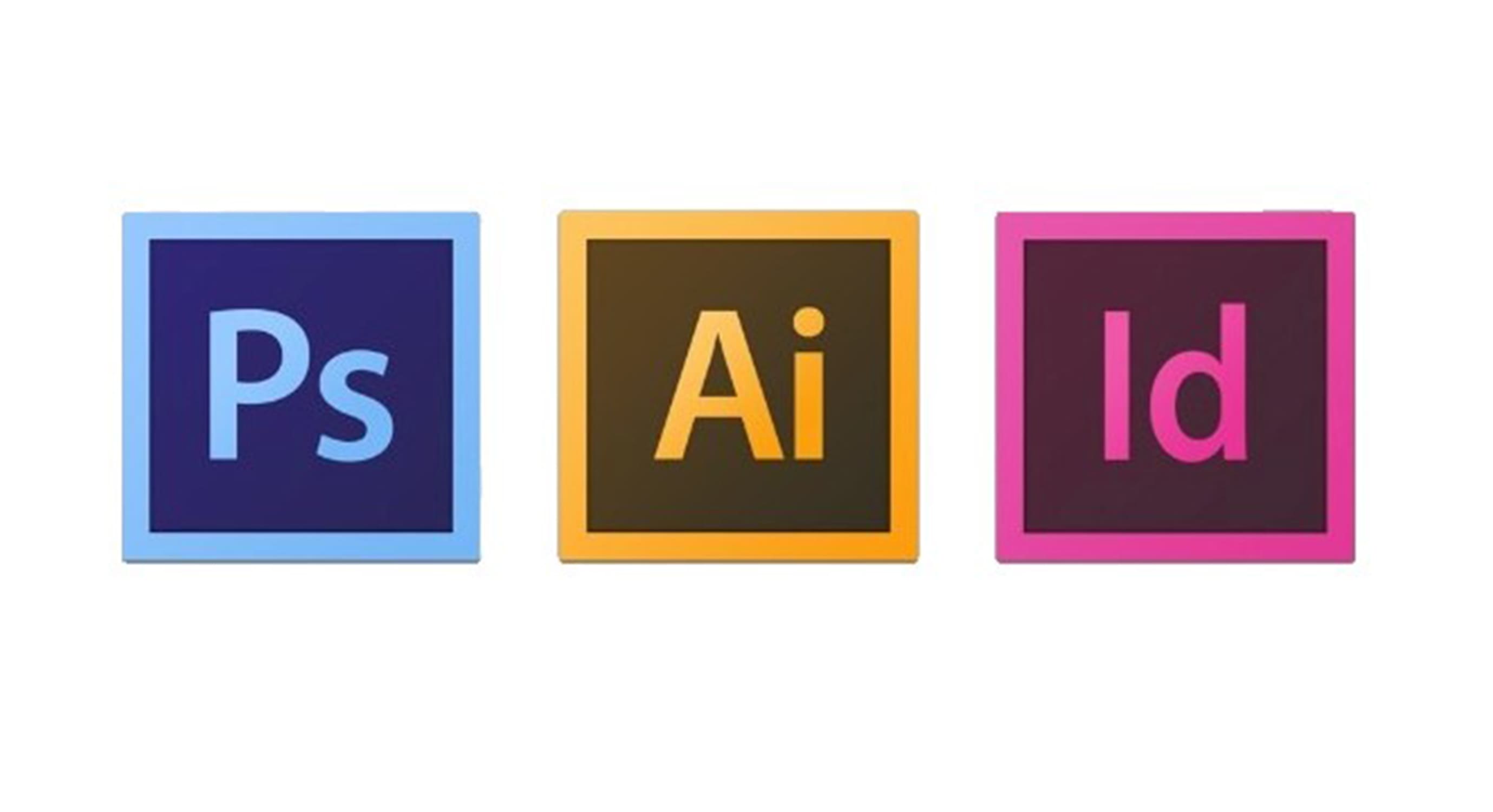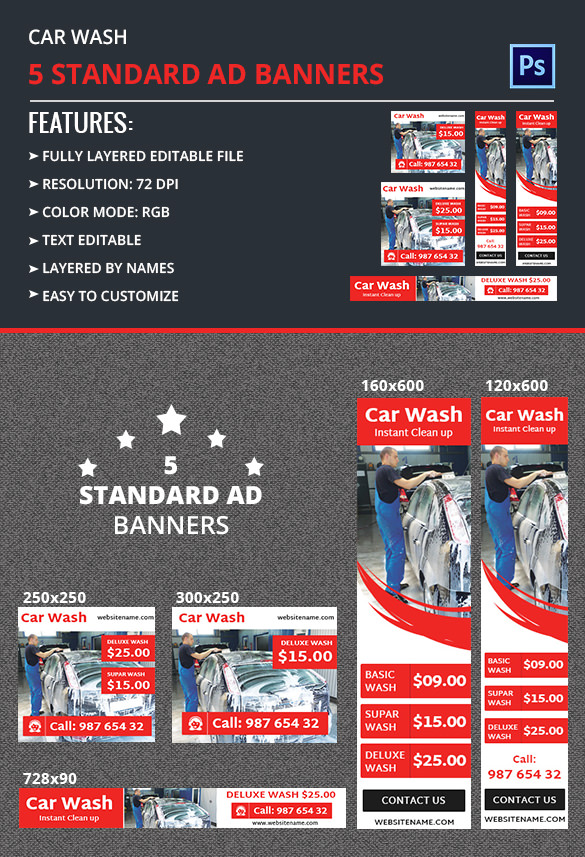- Photoshop Vs Indesign
- Photoshop Indesign Illustrator
- Photoshop Indesign And Illustrator
- Photoshop Indesign
Over the last two decades, InDesign and Photoshop have been indispensable publishing tools.
In This tutorial I will show you how to use Photoshop to remove the background of an image and then apply a text wrap in Adobe InDesign so the text flows aro. InDesign was created to allow users to take elements produced in both Photoshop and Illustrator and put them together elegantly in a single location. Like Illustrator, InDesign is a vector based program; the primary difference is that its power is focused on the master and multiple page capabilities and loses some other capabilities such as. I would like to know how I can open a Photoshop file in InDesign. I have been learning about all the features of InDesign, but now I want to start working on a document. I have made several copies of the document: I have a jpeg, a png and a psd document. When I try to open these documents by just clicking open and then just choose the file.
But the relationship between the two platforms has evolved as print has given way to digital, and as publishing has again transformed to the point that creatives must now live in both worlds simultaneously.

When print was the medium of choice for brand messaging, there was much more focus on execution, and publishers leaned heavily on InDesign to fine-tune their layouts. But with the rise of digital, the design began to take center stage.
“We’re offloading stuff to our tools that we used to keep in our brains. It used to be that only a really small number of people could lay out a page of text and have it be beautiful,” says David Blatner, a writer, speaker and desktop publishing expert on Indesign, Photoshop and QuarkXPress. “Adobe has put tools into average users’ hands so they can express themselves with rich visual design.”

Images by: Lindsey Adams.
The Revolutionist
Today, as zines and other editorial works re-emerge, neither layout nor design overpowers the other. Photoshop and InDesign work more cohesively to empower makers and designers to create innovative work and propel the future of graphic design and publishing.
“When zines came about, it was all about a punk aesthetic of using what’s at hand, which at that time was Xerox machines and kind of this collage aesthetic that came about from that technology. Now, zines are more synonymous with short-run publications, and therefore they can have a little bit more intention in their design and production,” says Adam Lucas, a graphic designer and assistant professor at the Kansas City Art Institute.
“My publishing and design practices are closely tied, if not one and the same,” Adam says. “At the core, I’m interested in the ability of graphic design to amplify the voices and ideas of creative people — especially those who may have less opportunity to be seen or heard.”
We see the revolution of self-publishing emerge with people like Lindsey Adams, an afro-korean writer and zinemaker born and raised in the San Francisco Bay Area. She focuses her zines around her collection of poetry and short stories to create art that reflects her home, history, and identity.
“My aesthetic has once been described by a bud as “gritty”, Lindesy explains, “ I think I prefer calling it “analog-meets-digital”, or maybe “just found this cool at the time.” Her process is reflection of old and new, combining both analog elements and digital layout tools like InDesign to create and publish her own work.
Images by www.irrelevantpress.com.
Self-publishing savants
Tools like InDesign and Photoshop have opened the doors for zine enthusiast, making it accessible to design and publish editorial directly from your own devices. Take Irrelevant Press for example, a zine collective made up of four women based out of Brooklyn and Oakland, California.
“We’re definitely hobbyists – self-taught in skills like design and book-binding that are applicable to the creative work we do,” says co-founder Holly.
“Outside of the zine collective, a few of us have full-time experience with other skill sets required for the craft. Mollie has worked in printing for many years, Sarah is a professional writer and editor, Lizz has creative experience in video and post production, and Holly has done marketing work in the past.”
Images by www.irrelevantpress.com.
In a new era of entrepreneurship, creatives are finding more ways to take on different mediums with the help of the tools, technology, and resources available on the web.
But why the spotlight on zines? Zines have always given voice to people at the margins of mainstream culture. “We’re committed to creating work that we care about and supporting projects that we believe are important,” Holly says.
With the tools they now can access, zine self-publishers can tell their stories even more powerfully, and share them across a wide audience.
Image by Marie Kjær Aarestrup Jensen.
5 tips to push your Zine idea to execution
1. Choose a medium, or don’t
Print, digital or both!? We know the timeless effect of pretty, textured paper, but there’s a place for digital, too. Try taking advantage of both to level-up the promotion of your zine. More options is better than one.
2. Establish your message
This one is all you.
Zines are inclusive to all formats and aesthetics — a collection of poetry, illustrations, photography, or a combination of all of the above.
Ask yourself; who is this for? Is there a purpose? Is it more visual, contextual, or a balance of both? Is this for your brand or your community? What is the goal? Who am I trying to reach?
3. Decide your aesthetic
Use Photoshop for all your design creation and pre-layout.
Start with the visual aesthetics and choose a color palette, typography, graphics and imagery.
You can retouch your images in Photoshop or search for photos using Adobe Stock. You can bring in your own photography for retouching and compositing images for specific look.
Draw your own illustrations using the brush tool and your mouse or wacom pad, or use the shape tool to create shapes and patterns to elevate your pages. Last, and certainly not least, level up your text with a beautiful font and bring in your own.
4. Layout your design elements from scratch or work within a template
This is the fun part – take the design elements you created in Photoshop and lay them out in your pages. You can get started in InDesign with the standard document size of 8.5 x 11, or skip the settings part and download a free magazine template to remix with your art and text.
Photoshop Vs Indesign
To print your zine, you will want to reference your printer and adjust the dimensions accordingly. To share your work in digital form, publish online directly from InDesign.
5. Shameless plug
Expand where people can access your work.
Easily share a digital copy of your Zine with the publish online or you can post directly to Facebook and Twitter. Copy the URL and copy in a post to share on Instagram.
Whether you’re a pro or just starting out,Adobe Creative Cloudhas all the tools you need to explore new styles. And check back onThe Adobe Blogfor the latest trends and inspiration.

Adobe InDesign and Adobe Photoshop offer amazing benefits. Use the following comparisons of these popular systems to decide which is optimal. The right software for the right project is the key to success. Here are some of the key functions each program handles.

Designing project layouts
The layout of a project is subject to numerous changes throughout the process. It’s vital you find the correct tools to handle adjustments. Photoshop is a great system for creating a logo in a project but the complete layout needs a system which handles multiple page function.
This is why InDesign is perfect for piecing together the ideal layout of a project. It offers a tool specifically formulated to control an entire layout design. This is called a master page and it acts as a nexus to the entire project’s pages. The master is used to edit numerous pages all at once. Because of the ability to create sophisticated, diverse appearances in a short period of time, InDesign is the superior system for project layouts.
Editing images
With Photoshop, you can change pictures to elicit emotions, capture ideas and persuade audiences. It’s great at handling different concerns over lighting and professionalism. Photoshop is king for editing images due to its overwhelming selection of tools, which give users the ability to change color, crop, add effects and sharpen images.
InDesign, on the other hand, leaves only a little wiggle room to work with pictures. Unfortunately, it’s generally for changing the size of an image rather than altering it drastically. When it comes to editing photos, Photoshop is a step above InDesign.
Upholding logo integrity
Logos are brand signifiers that require quality maintenance. This is because logos change in size often as they are used on everything an organization creates and distributes. Photoshop aids in the initial creation of a logo but after that it fails to maintain quality. The result of logo size changes in Photoshop is deterioration of the image – an unacceptable outcome.
Photoshop Indesign Illustrator
InDesign is a bad choice to create logos but it offers resize options for imported images. This makes it a great tool for logo integrity, since it can change sizes of numerous logos using the master page function. As far as logos go, consider using Photoshop for the initial creation and InDesign for maintenance afterward.
Using text in a project
Text defines a presentation in both its content and aesthetic. Depending on your needs, either system may work best. Photoshop might be preferable for changing the way a text appears. This includes things like color of text, a seemingly unimportant detail that is powerful in a presentation. Color of a text can even change the meaning entirely. Photoshop can edit text, check it for correct spelling and morph its appearance. These visual manipulations of text carry a lot of importance and make Photoshop a strong candidate for text use in a campaign.
Photoshop Indesign And Illustrator
InDesign handles projects with heavier text needs better than Photoshop and it can control mass amounts of text features all at once to simplify tasks. Ultimately, InDesign does more with text, especially with text-dominant layouts. Like Photoshop, InDesign can also change the color of text, though users will find the color-changing tools of each system have differences to them. Weigh the benefits of both InDesign and Photoshop alongside your typical projects.
Photoshop Indesign
InDesign and Photoshop are absolutely crucial to excel in the modern environment of design layouts. Depending on the necessities of a project, choose the software that best fits with the ideal outcome of a presentation layout.

Comments are closed.